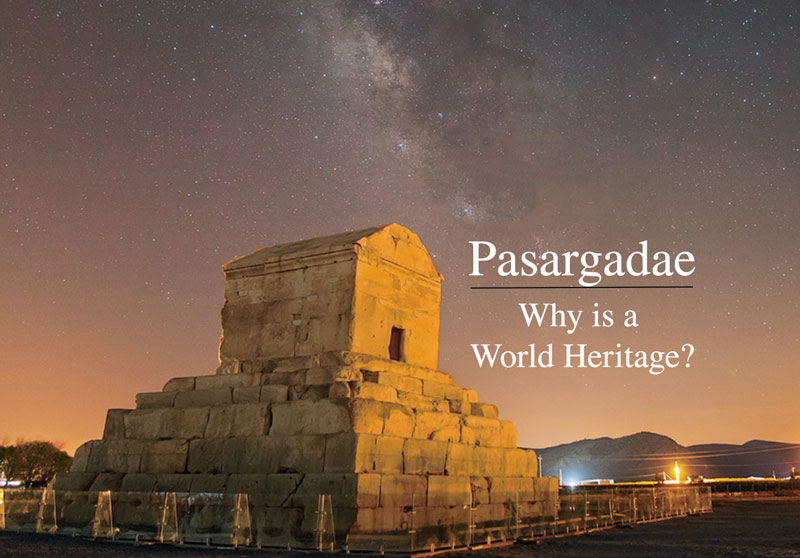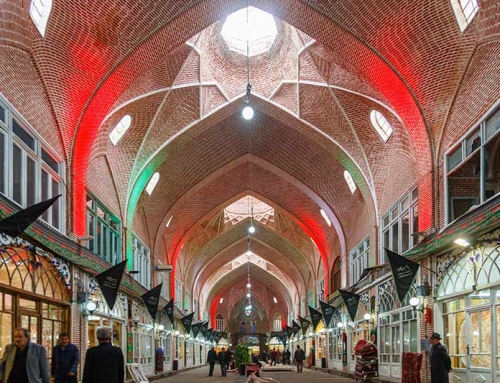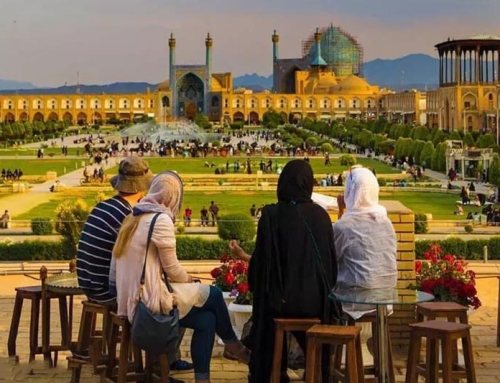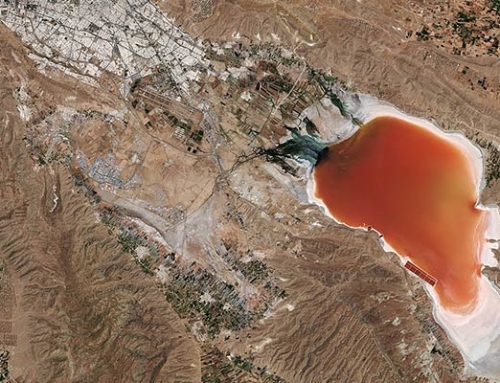Pasargadae: The Legacy of Cyrus, the Great
Have you ever wondered what it would be like to step back in time and explore ancient civilizations? Look no further than Pasargadae, an archaeological site located in Iran that will transport you to the grandeur of the Achaemenid Empire. From the awe-inspiring Tomb of Cyrus to the imposing Gatehouse, every corner of Pasargadae tells a story of a civilization that once thrived here. Can you imagine walking in the footsteps of Cyrus the Great himself, the founder of one of the greatest empires in history? Experience the wonder and mystery of Pasargadae firsthand and unlock the secrets of this ancient world.
Located near Shiraz, Pasargadae is the tomb of Cyrus the Great which holds great historical and cultural significance. This UNESCO World Heritage Site is a testament to the architectural and engineering marvels of the ancient Persians.
To visit Pasargadae, don’t hesitate to look into our Iran World Heritage Tour.
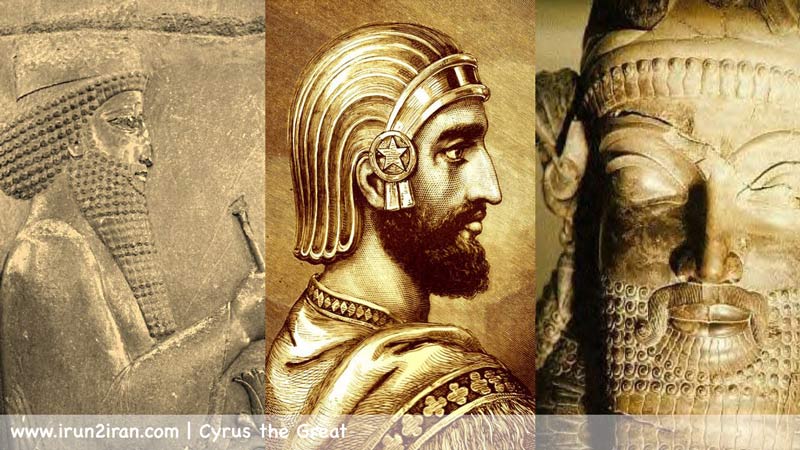
Who was Cyrus the Great?
Cyrus the Great was born in Persia in 599 BC. His father, Cambyses I, was one of the local kings of Persia and his mother, Mandana, the daughter of Astyages, the last king of Madad. In 550 BC, Cyrus established the Achaemenid Empire. The realm of this empire was expansive at the height of its power from the east to the banks of the Sindh River and from the west to Greece and Egypt. As well as being the King of Kings, Cyrus the Great was famous for his visionary, benevolent, resilient character. In 538, King Cyrus conquered Babylon, and it was here that the Declaration of Human Rights was drafted in the form of a cylinder of Glenn and issued a decree on freedom and equality. After years of attempts to expand the country and establish peace and security, in 530 BC he died and was buried in his mausoleum in Pasargadae. Pasargadae was respected until the last king of Achaemenid as a sacred place, and the coronation ceremony of the kings was held there.
Read more: What Cyrus the Great is famous for?
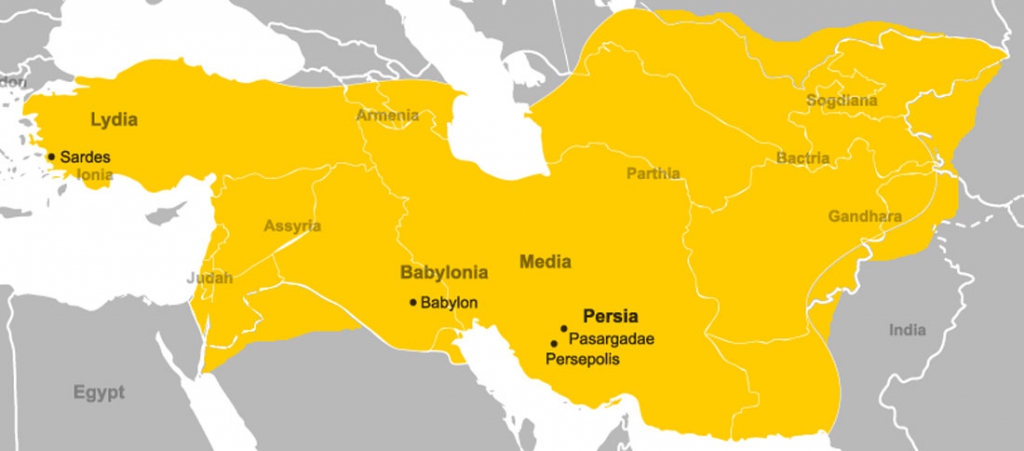
Historical Significance of Pasargadae
Pasargadae was established by Cyrus the Great, the first ruler of the Achaemenid Empire, after his conquest of the Median Empire. To the north of the Anshan territory, on a fertile plain, presumably at the site of the final battle against Astyages, rose the Pasargadae. It served as the capital and administrative center of the empire for nearly two centuries. The city witnessed the rise and fall of several great Persian kings, including Cambyses II and Darius the Great.
Read more: Is it safe to travel to Iran? An Ultimate Guide
Cyrus Tomb in Pasargadae
The tomb is on seven floors, taken from the holy number seven for Iranians. The general structure of the shrine is composed of two parts, the first part is a six-pillar platform creating the foundation of the building like the religious buildings of Mesopotamian or Elamite ziggurats. The second part is a chamber which reminds the architecture of the Aryan immigrants. The tomb is 156 square meters and its height is about 11 meters and the chamber is 17.3X11.2X10.2 meters. The below sentence is read on the tomb:
“Man, I am Cyrus, the one who founded the Persian empire and was king of Asia. Do not envy me for this monument”
The construction of this gorgeous and impressive building was done with precise engineering helped it to stay firm after 25 centuries. The white marble stones used in the construction had been extracted from Mount Sivand, 30 km southwest of Pasargadae and moved to this place. The Achaemenid engineers placed the rocks precisely in a way that no mortar was used and the stone blocks are fastened to each other by means of metal clips.
Read more: Dress code in Iran: Unveil or not?
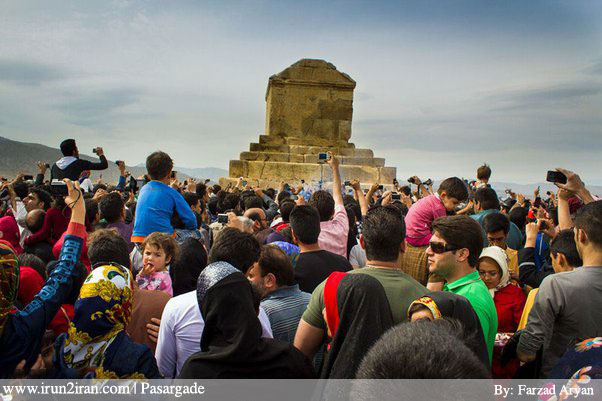
Architectural Marvels of Pasargadae
The architectural wonders of Pasargadae showcase the advanced skills and craftsmanship of the ancient Persians. This impressive mausoleum, constructed entirely of white limestone, stands as a symbol of Persian grandeur. King Cyrus’s tomb combined construction forms brought from all corners of the empire. The shape of the complex may be reminiscent of Mesopotamian ziggurats, but nevertheless, the chamber could have been inspired by the Anatolian burial mounds of the time or, even, by the tombs with wooden roofs that appear in Phrygian architecture from the end of the 8th-century. to. c.
Another notable structure is the Palace of Cyrus the Great, also known as the Residential Palace. Although mostly in ruins today, its remaining foundations give us a glimpse of its former glory. The palace’s design reflects a combination of Persian, Median, and Assyrian architectural styles.
Read more: Currency Exchange in Iran: A Guide for Tourists
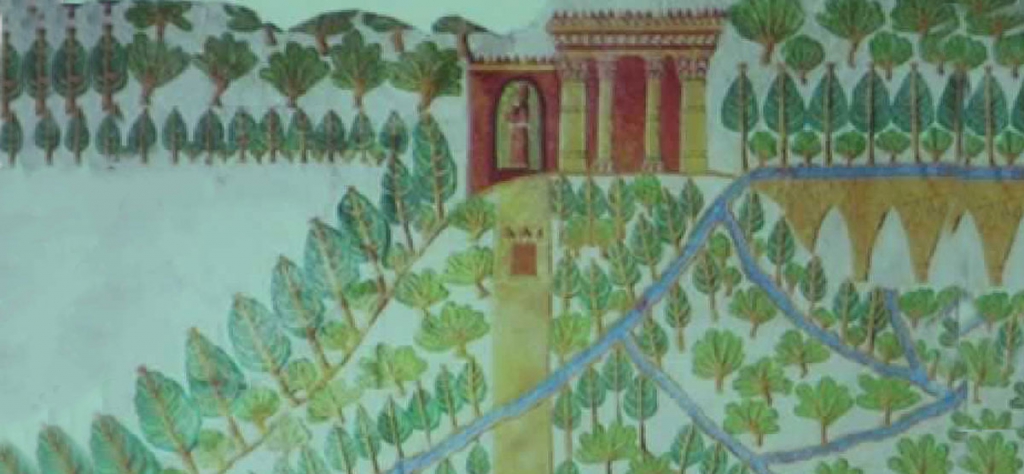
The Gardens of Pasargadae
One of the most remarkable features of Pasargadae was its impressive royal gardens. The Persian gardens were renowned for their beauty and symmetry, and the gardens of Pasargadae were no exception. These lush green spaces were meticulously planned and adorned with various water channels, fountains, and trees. This Fourfold Gardens style became a prototype for Western Asian architecture and design.
Read more: The UNESCO-recognized Persian Gardens
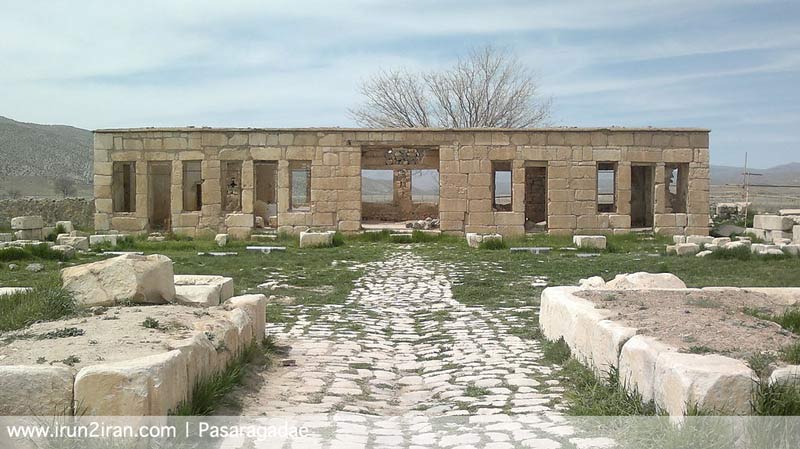
Why is Pasargadae in Iran recognized as a UNESCO world heritage?
UNESCO recognizes the exceptional universal value of Pasargadae and added it to its World Heritage list in 2004 to ensure its protection and preservation for future generations. Here are some of the reasons why:
- Architecture: Pasargadae represents a masterpiece of human creative genius. It showcases the architectural and engineering skills of the Achaemenid Empire that demonstrate the innovative design and construction techniques of the time.
- Cultural Exchange: Pasargadae exhibits an important cultural exchange between different civilizations of Persia, Elam, and Mesopotamia.
- Historical Significance: Pasargadae represents the rise and establishment of the Achaemenid Empire, which played a significant role in shaping ancient Persian and world history. The site provides valuable insights into the civilization, beliefs, and practices of the Achaemenid period.
Read more: What to Pack for Iran
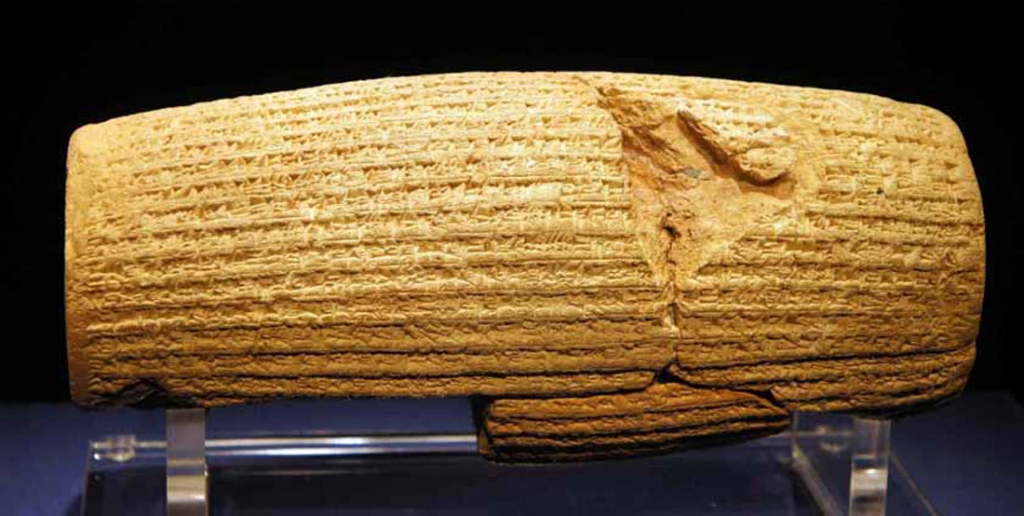
When to visit Pasargadae?
The best time to visit Pasargadae is April to June and September to November. During these months, the weather is mild and pleasant, making it ideal for exploring ancient ruins and enjoying outdoor activities. Summers in Pasargadae can be extremely hot, with temperatures reaching over 40 degrees Celsius, so it is advisable to have enough water, sunscreen cream, sunglasses and an umbrella with you.
Read more: 10 Reasons to Put Iran on Top of Your Trip List
Where is Pasargadae located?
Pasargadae is located in the Fars Province of Iran. It is situated approximately 130 kilometers northeast of the city of Shiraz.
What to visit in Iran after Pasargadae?
We have included Pasargadae in Iran World Heritage Tour, Iran Budget Tours and Iran Cultural Tours. These packages offer a unique opportunity to explore the rich cultural and historical heritage of the region, including the stunning World Heritage monuments at reasonable rates.
If you’re interested in exploring more Achaemanid cultural and historical treasures, there are many other destinations worth visiting. Here are a few suggestions:
Persepolis: The most famous Achaemenid monument in Iran, Persepolis was the ceremonial capital of the Achaemenid Empire. It is located near Shiraz.
Naqsh-e Rustam: This site is home to the tombs of several Achaemenid kings, including Darius the Great and Xerxes I. It is located near Persepolis.
Susa: An ancient city that served as one of the administrative capitals of the Achaemenid Empire. Visit Apadana palace and Prophet Daniel Tomb there.
Ecbatana: Another administrative capital of the Achaemenid Empire, Ecbatana is located in the Hamedan Province.
Bisotun: This site contains a rock relief depicting Darius the Great and the famous Behistun Inscription. It is located in the Kermanshah Province.
Taq-e Bostan: This site contains several rock reliefs depicting Achaemenid kings and nobles. It is located near Kermanshah.
Isfahan: Known as the “half of the world,” Isfahan is a beautiful city with a rich history and stunning architecture. Highlights include the Naqsh-e Jahan Square, the Chehel Sotoun Palace, and the Shah Mosque.
Shiraz: Located in the southern province of Fars, Shiraz is known for its beautiful gardens, historic mosques, and vibrant bazaars. Highlights include the gardens of Eram and Narenjestan, the Vakil Mosque, and the Nasir al-Mulk Mosque.
Yazd: Known for its distinctive architecture and rich culture, Yazd is a desert city located in central Iran. Highlights include the Jameh Mosque, the Amir Chakhmaq Complex, and the Yazd Atash Behram fire temple.
Tehran: The capital city of Iran is a vibrant metropolis with many cultural and historical attractions, including the National Museum of Iran, and the Golestan Palace.
Let us know your experiences of visiting or your questions about the Shahr-e Sukhteh in the comment box below, we will be happy to hear from you!


